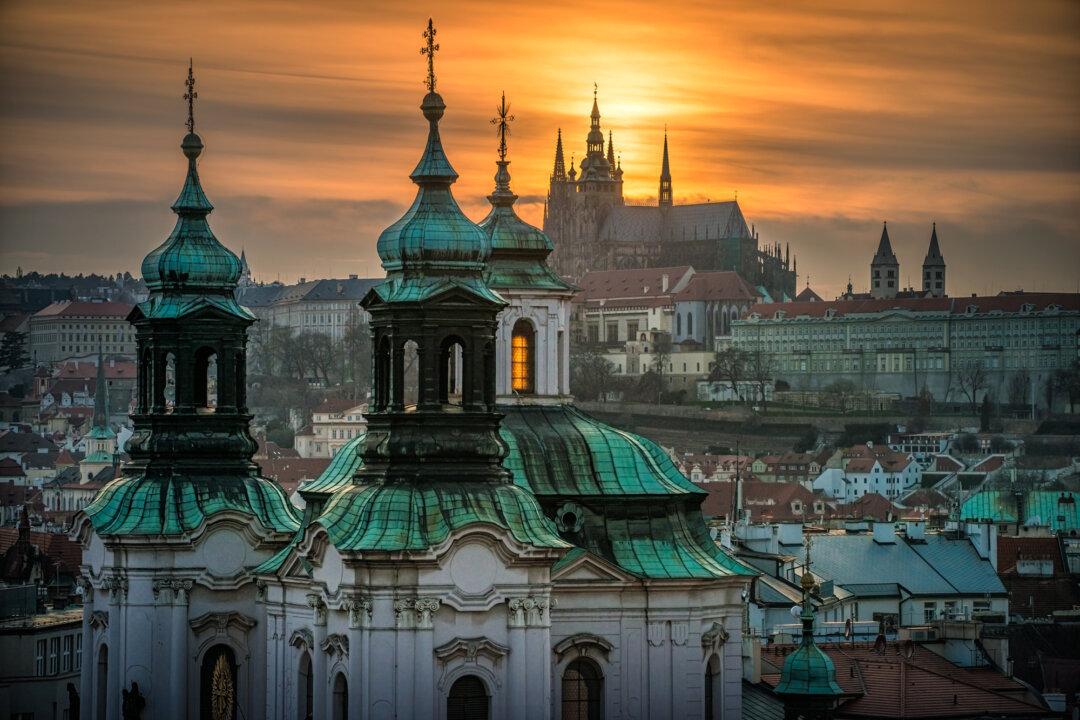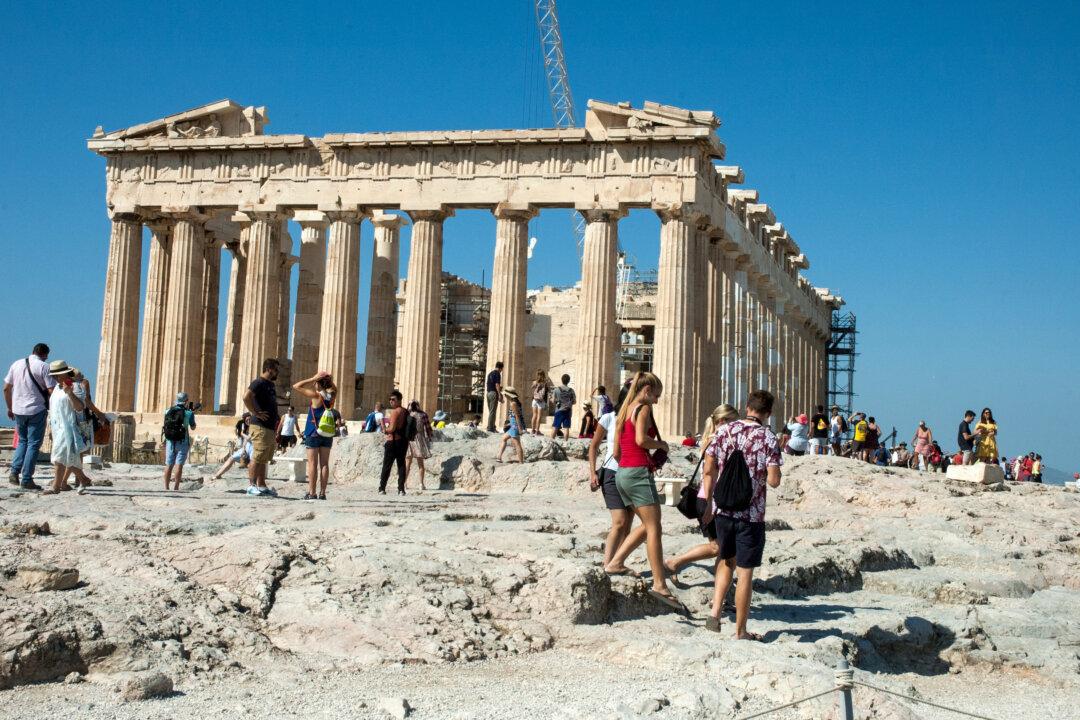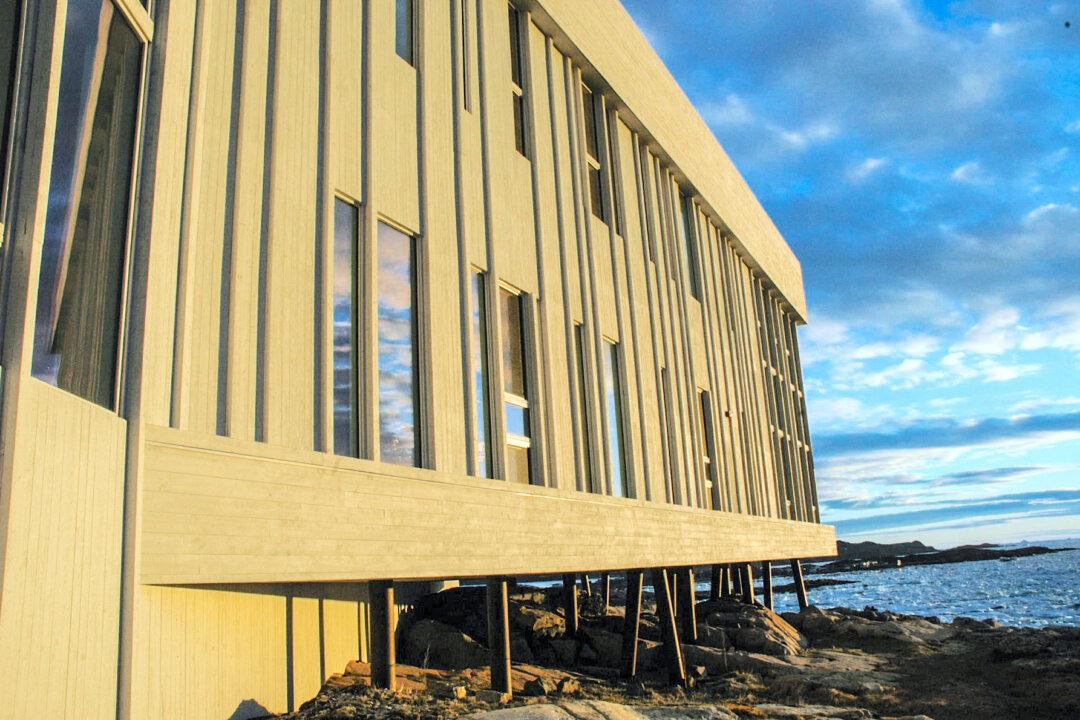It was with some misgivings that I prepared for my visit to Prague, Czech Republic’s capital nicknamed City of a Hundred Spires after its numerous spire-topped buildings, castles, and cathedrals.
I had been there once before, but that was 43 years ago, so it would be a re-immersion into a place I barely remembered. I looked at maps of the city, trying to remember street names and squares, and recalled being hit by a streetcar—or rather, I hit a streetcar with my huge backpack.





